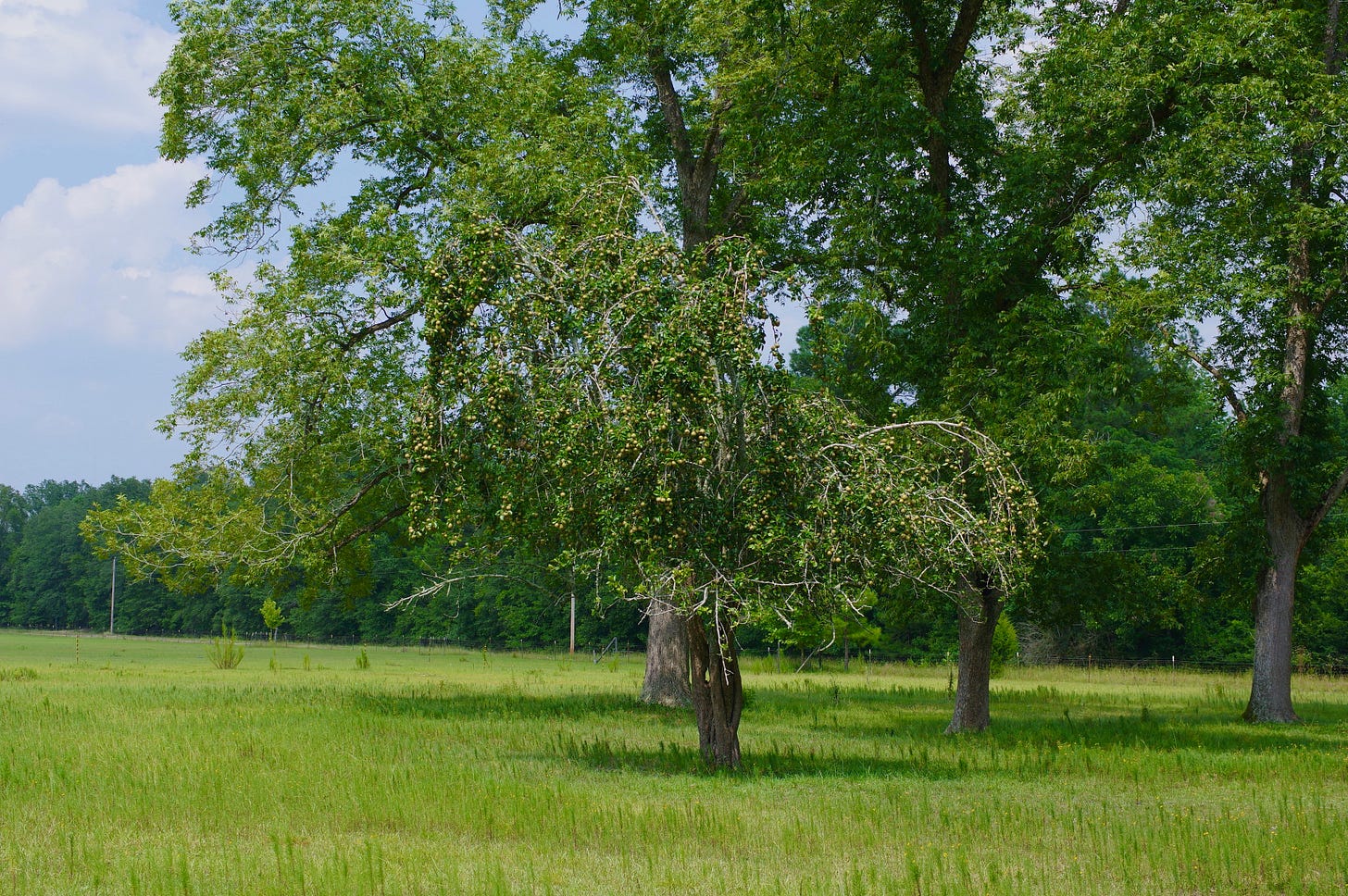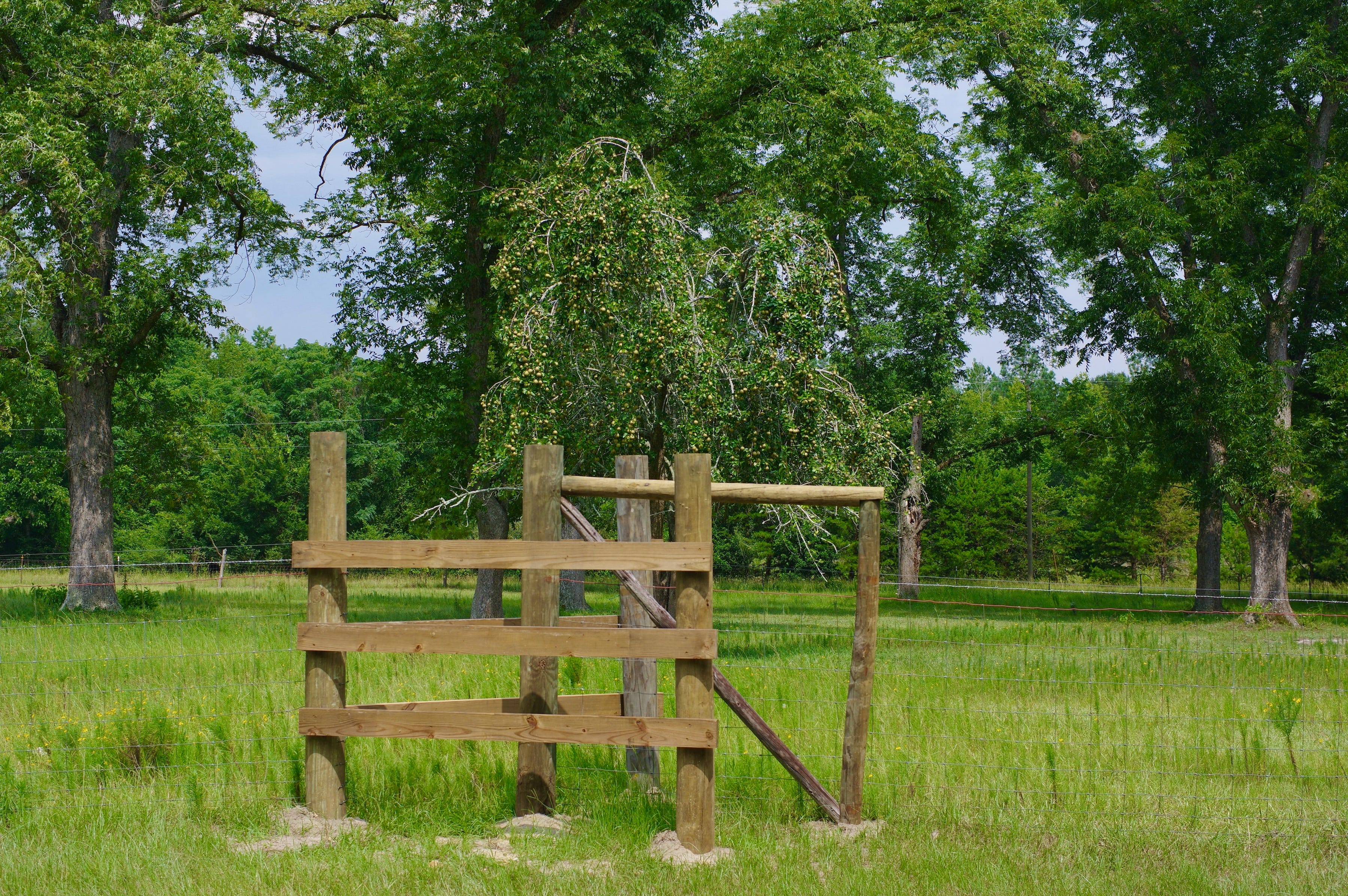"To survive rising temperatures, every system, whether of the natural world or of the human world, will need to be as strong and healthy as we can make it."
Jonathan Franzen, from “What if We Stopped Pretending?”
This morning I had one of those google-meet interviews with a PA from my insurance company. I did it because they offered money back on my premium. Dr. Tawauna, who was wearing blue scrubs, asked me about anxiety.
Usually I would have said “none,” and we would have moved on to “skin rashes.”
“I’m anxious sometimes,” I said. “Anybody would be.”
My admission, however, triggered a drop-down menu on anxiety, and Dr. Tawauna asked if I was ever so anxious that I couldn’t sit down.
No, I told her. So far I’m always able to sit down. To be honest, however, thinking about the climate sometimes makes sitting difficult.
(I wrote about how to self-regulate in a newsletter recently, and many people offered ideas.)
In a post dated July 26, 2023
ran through a litany of alarming statistics, which I will not repeat, and then quoted Ian Lowe:“I reflect on how much needless environmental damage and human suffering will result from the work of those politicians, business leaders and public figures who have prevented concerted action. History will judge them very harshly.”
—Ian Lowe, Griffith University, Australia, in The Guardian
And there was that newsletter where
writes about “personal ruggedization.”“Many people understand that to limit the extent of the planetary crisis, speed is everything. We must cut decarbonize and build sustainably prosperous economies at breakneck speeds. A lot of us know that how fast we go is the future we get.”
What I want to look at today is how climate destabilization is changing how we eat.
Climate change is already altering growing conditions that affect our crops—higher temperatures, less water, more water, unpredictable seasonal cycles, and increased pressure from pests, weeds, and pathogens. Rain bombs, as they’re called, drop multiple inches of rain in an hour.
Citrus is moving northward, my friend James Murdock wrote in “Citrus is the New Peach,” and for me personally that’s a good thing. For all the crops moving toward us, however, an equal amount of goodness is moving away. All cool-season crops, including wheat, spinach, broccoli, and lettuce—because they suffer under hotter conditions—are moving north. Peaches, nectarines, plums and other fruits need chill hours, and they don’t do well with freakish dips in temperature.
More than 90 percent of Georgia’s peaches were destroyed by climate destabilization this year. (Here’s a podcast from Southern Foodways Alliance about the hurried efforts to develop a low-chill peach—“A Peach for a Warming South.” Xenia Gasick, who works with the peach-breeding program at Clemson, said, “Are we going to be on speed to adjust as fast as we are ruining this planet? I think it’s going to be tricky….to try to answer climate change, because it’s happening faster than we can answer.”)
All crops are susceptible to off-season weather events.
I am not a farmer. I live on a farm and I grow food, but growing food is not my livelihood. Writing is.
However, I know very well that farmers are on the front lines of the climate crisis, and this is already affecting the food you eat. Farmers are, I promise you, busy mitigating, adjusting, adapting, answering, and strengthening.
I want to talk about ways we can mitigate the climate emergency for food. You already know some of these steps. Of course I recognize the we need sweeping policy changes, but those are not happening fast enough. Personal change is available to you, you can implement these as quickly as you’re able, and action makes some of the anxiety more tolerable. You’ll rest better.
Support your local small-scale farmers, fishers, ranchers, and producers. Double whatever you are currently spending. Cultivation has at its root the simple word cult, from Latin cultus, to care for. Local producers are the folks who care, who cultivate solutions. These are people on the front-lines of the crisis and also of the agricultural revolution. Help them.
Support farmers markets, CSAs, and small food businesses. Small & differentiated is the basis of diversity. In diversity is stability. Diversity is hope. Diversity is power.
Promote an ag that stores carbon (in soil & trees).
One that doesn’t cut old trees.
One that builds healthier, spongier, more resilient soils.
One that is organic. One that never uses Roundup. That supports human health. That raises food that is more nutritionally potent & nutrient dense.
One that includes cover crops and deep-rooted perennials & fence-rows for pollinators & birds. That increases soil’s capacity to soak up heavy rainfall and hold water for dry periods.
One that promotes polycultures to create diverse agroecosystem. That reduces dependence on fertilizers and pesticides. That reintegrates crops and livestock.
Learn to cook good things with real food. Enjoy it.
Reduce food waste.
Root for small-scale farming in the federal farm bill. We need to confront the economic and power disparities that favor big ag.
Lobby for resilience in the form of crop insurance programs, health care access for farmers and farm workers, protection of farm workers from toxic chemicals, on-farm renewable energies, and responsive disaster relief programs.
Support seed-saving, especially for heirloom & vintage crops—we many need these genomes.
If you’re in agriculture, help develop new crop varieties, livestock breeds, and farm practices specifically designed to help farmers adapt to evolving climate realities.
Start yourself a little garden. Blow up your TV. Build yourself a home.
What’s New Here at Red Earth Farm
The vintage pear tree that came with the place is loaded. None of its pears are ripe, but that will be happening soon. An electric fence divides our house from this section of the farm, which we call the Pecan Pasture, and for years we piled logs end-wise on either side of the fence in order to climb over it. This year, however, Raven has built us a style. I’ve wanted one of these for years! A human can make the turn, but a horse or cow can’t. (The dog can’t either.)
Full Moon August 1, 2023
In my project to rename the full moons apropos to my lived place, as I wrote about last year, this month I am deciding that yesterday’s full moon is not Sturgeon Moon, Corn Moon, Grain Moon, Lightning Moon, Dispute Moon, or Corn Moon. It’s not even Bitterweed Moon, which is what I named it last year. This full moon is Elderberry Ripening Moon.
Phenology
🐝 Kites, both swallow-tailed and Mississippi, have begun to gather over the fields of the southern coastal plains, where I live. The kites are eating June bugs in preparation for their late-summer migration back to Latin America. A couple of mornings ago 4 were swooping and swinging over our North Pasture. Have you ever seen a swallow-tailed kite?
🐝 Last week I saw a slim, 2-foot-long grass snake crossing a dirt road while I was walking. The road maintenance department has been grading the road a lot, and in some places the road is over a foot below the surface of the ground. This little snake was in just such a place, and I wondered how it was going to get off the road and back up to ground level. A turtle will get to this kind of barricade, and it will turn right or left until the barricade no longer exists. This snake never even paused. It turned upright. About 4 inches up the cliff of dirt, it found a tiny piece of jutting root. It hooked itself there and sent its head on up the cliff. In another 4 inches it did this again. Then again. The grass snake climbed this small cliff like a rock climber, using hand-holds, or in this case body-holds, and snaking on up from there. And it was fast, effortless, seamless. Watching it climb was a beautiful moment.
🐝 About three years ago I first noticed painted buntings nesting near us. This year I hear and see a lot of them, and by “a lot” I mean 10-12. I hear them singing when I walk. Apparently males sing to establish territory, and nearby males will “countersing.”The other day a male—so brilliantly colored—crossed in front of me and flew to a limb about a dozen feet away. I had a clear and open view. These birds are one thing I am grateful for.
🐝 I recently saw the first goldenrod in bloom. The leaves of the tulip poplar have started to turn yellow and drop. Fall is around the corner. Are you seeing any signs of fall where you live? And where do you live?
Radical Sustainability
Boozy Rum Cake
In my household, when it’s your birthday, you get to choose the cake you want. This year Raven chose Boozy Rum Cake. I’m sure this was a nostalgic choice because probably he’s remembering a lot of parties that included rum! The recipe comes with this trigger warning: “WARNING: DO NOT EAT THIS CAKE AND DRIVE!”
I can report to you that Raven loved the cake. I made it with pecans, because that’s our local nut, although the recipe calls for walnuts. The nuts get soaked in rum, the batter calls for 1/2 cup, and the glaze contains 1/3 cup. I learned a baking hack creating this. You have to poke holes in the baked cake so that the glaze soaks in, and Coop Can Cook suggests using a spaghetti noodle.
Journaling Earth Grief
Keep in mind that I’m offering a 5-week (1 hour per week) course on processing earth grief in your journals. It’ll happen Sunday afternoons starting mid-August. You can come to one or come to all sessions. The vibe will not be melancholic; it will be serious and hopeful. The cost is by donation, and I think that means you could sign up for zero, if necessary. There’s plenty of space. If you know of someone, especially a young person, who might benefit from this, would you forward this post to them?











Thank you for quoting John Prine. One thing I’m doing is planting flowers pollinators like. I found three plants in NC last year (Joe Pye Weed, Iron weed, and a third one I can’t remember). I’ve bought extra parsley for the swallowtail caterpillars, and a house to put them in. A classmate has passion flower for Gulf Frittilarias, and I’m going to put up a trellis and see if I can’t attract some. I’m leaving a section of poke weed for the birds, and apparently I’m also growing blueberries and figs for them. My backyard is pretty loud with buzzing bees and singing birds. Oh, and I have two hummingbirds (who sometimes rest on branches). I love my garden.
Thank you so much for offering concrete actions. I thought of you today, interviewing someone from Marsh Hen Mill. His most important message was seed saving, heirloom varieties of rice and corn.